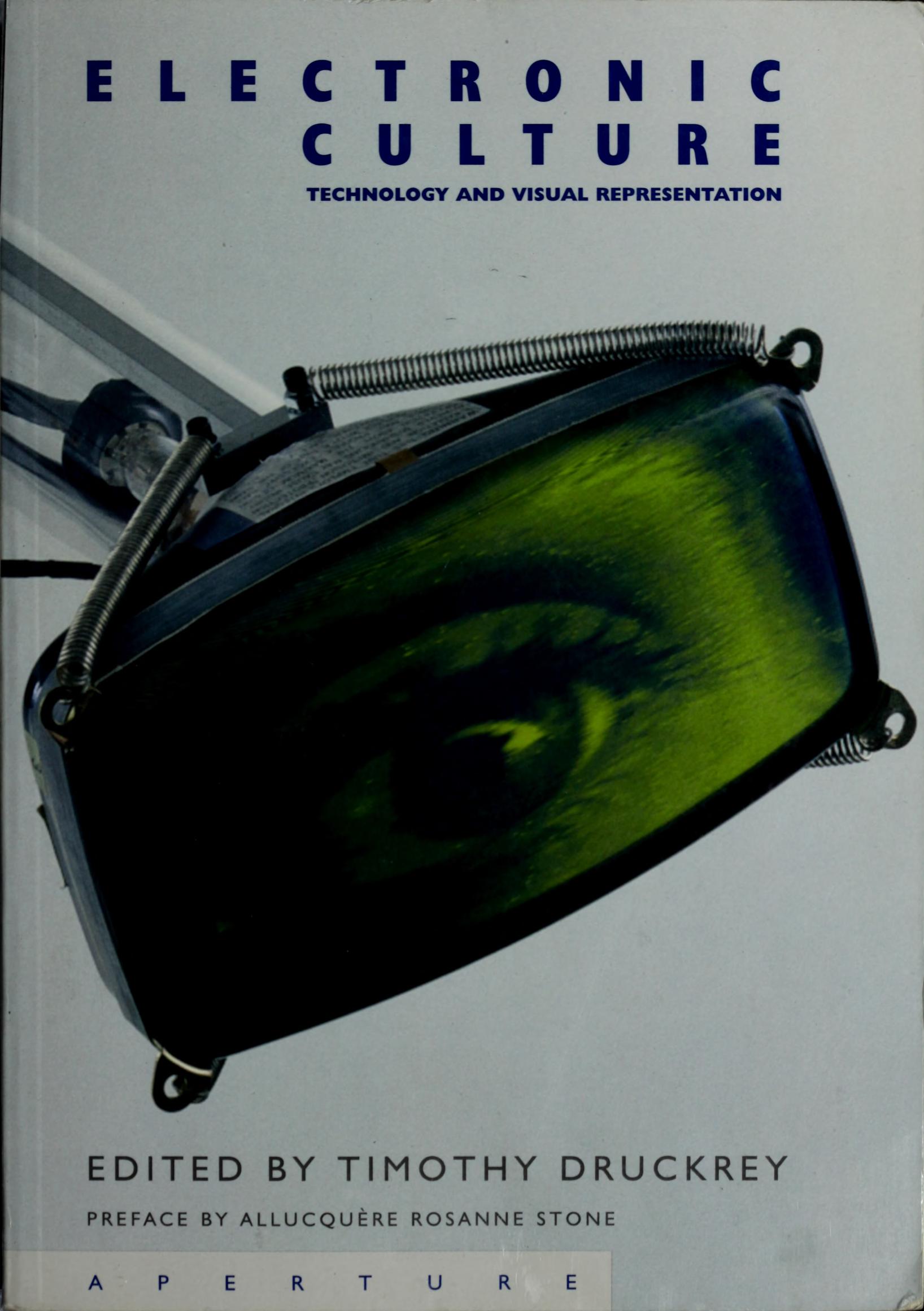John Elderfield: Kurt Schwitters (1985)
Filed under book | Tags: · art history, avant-garde, biography, collage, constructivism, dada, machine

“Designed to accompany the Schwitters exhibitions in New York, London and Hanover, John Elderfield’s masterly study of Schwitters fulfils all the promise of his articles on that artist from the years 1969 to 1977 and surpasses any other academic work on the same subject in five major respects: first, in its attention to all phases of Schwitters’s work (the pre-1917 and post-1937 phases as well as the classically Merz period); second, in its judicious and balanced attention to all aspects of Schwitters’s multi-media work; third, in its refusal to reduce Schwitters’s artistic and theoretical work to one simple set of ideas or to privilege one mode of expression over another; fourth, in its generous sense of the rich artistic background (Cubism, Sturm, Dada, Constructivism) out of which Schwitters’s variegated work arose; and fifth, in its prodigious familiarity with the vast secondary literature dealing with the Modernist avant-gardes. The extent of Elderfield’s research is immensely impressive and the result of this is an authoritative, clearly-written book which combines a sure grasp of factual detail, a shrewd analytical sense vis-a-vis individual works, a complex understanding of the theoretical problems posed by Schwitters’s cpuvre and a fluid empathy with all of its levels. Quite apart from the 355 high-quality illustrations, the uniform excellence of Elderfield’s text makes the book indispensable for any serious student of German and European Modernism and effortlessly accessible to the non-specialist as well.” (Richard Sheppard’s 1986 review)
Publisher Thames and Hudson, London, 1985
ISBN 0500234264
424 pages
via MoMA
Reviews: Richard Sheppard (J Eur Studies, 1986), Dawn Ades (Burlington Mag, 1986).
Comment (0)Steve Joshua Heims: The Cybernetics Group (1991)
Filed under book | Tags: · computing, cybernetics, history of computing, history of science, history of technology, information theory, machine, technology

“This is the engaging story of a moment of transformation in the human sciences, a detailed account of a remarkable group of people who met regularly from 1946 to 1953 to explore the possibility of using scientific ideas that had emerged in the war years (cybernetics, information theory, computer theory) as a basis for interdisciplinary alliances. The Macy Conferences on Cybernetics, as they came to be called, included such luminaries as Norbert Wiener, John von Neumann, Margaret Mead, Gregory Bateson, Warren McCulloch, Walter Pitts, Kurt Lewin, F. S. C. Northrop, Molly Harrower, and Lawrence Kubie, who thought and argued together about such topics as insanity, vision, circular causality, language, the brain as a digital machine, and how to make wise decisions.
Heims, who met and talked with many of the participants, portrays them not only as thinkers but as human beings. His account examines how the conduct and content of research are shaped by the society in which it occurs and how the spirit of the times, in this case a mixture of postwar confidence and cold-war paranoia, affected the thinking of the cybernetics group. He uses the meetings to explore the strong influence elite groups can have in establishing connections and agendas for research and provides a firsthand took at the emergence of paradigms that were to become central to the new fields of artificial intelligence and cognitive science.
In his joint biography of John von Neumann and Norbert Wiener, Heims offered a challenging interpretation of the development of recent American science and technology. Here, in this group portrait of an important generation of American intellectuals, Heims extends that interpretation to a broader canvas, in the process paying special attention to the two iconoclastic figures, Warren McCulloch and Gregory Bateson, whose ideas on the nature of the mind/brain and on holism are enjoying renewal today.”
Paperback edition appeared under the title Constructing a Social Science for Postwar America: The Cybernetics Group (1946–1953) in 1993.
Publisher MIT Press, 1991
ISBN 0262082004, 9780262082006
xii+334 pages
Reviews: N. Katherine Hayles (Hist Human Sciences, 1992), R.V. Jones (New Scientist, 1992), Carlos A. Martínez-Vela (2001).
PDF (3 MB, updated on 2018-7-25)
Comment (1)Timothy Druckrey (ed.): Electronic Culture: Technology and Visual Representation (1996)
Filed under book | Tags: · cybernetics, cyberspace, interface, machine, media, media theory, networks, photography, representation, software, technology, theory, virtual reality

“A rich compilation of essays by some of today’s leading theorists and media critics, this book gathers a series of explorations into diverse forms of visualizations in a cultural environment wired into the global network. With its emphasis on the impact of the digital revolution in the late 20th century and the historical context in which it arose, Electronic Culture could not be more timely or relevant.”
Texts by Vannevar Bush, Martin Heidegger, Hans Magnus Enzensberger, Jean-Louis Comolli, Kathy Rae Huffman, Lev Manovich, Vilém Flusser, N. Katherine Hayles, Siegfried Zielinski, Slavoj Žižek, Friedrich Kittler, Sherry Turkle, Pierre Levy, Hakim Bey, Adilkno/Geert Lovink, Critical Art Ensemble, a.o.
Preface by Allucquère Rosanne Stone
Illustrations by Critical Art Ensemble
Publisher Aperture, New York, 1996
ISBN 0893816787, 9780893816780
447 pages
Review: Andreas Broeckmann (Leonardo, 2000).
PDF (155 MB)
Comment (0)
